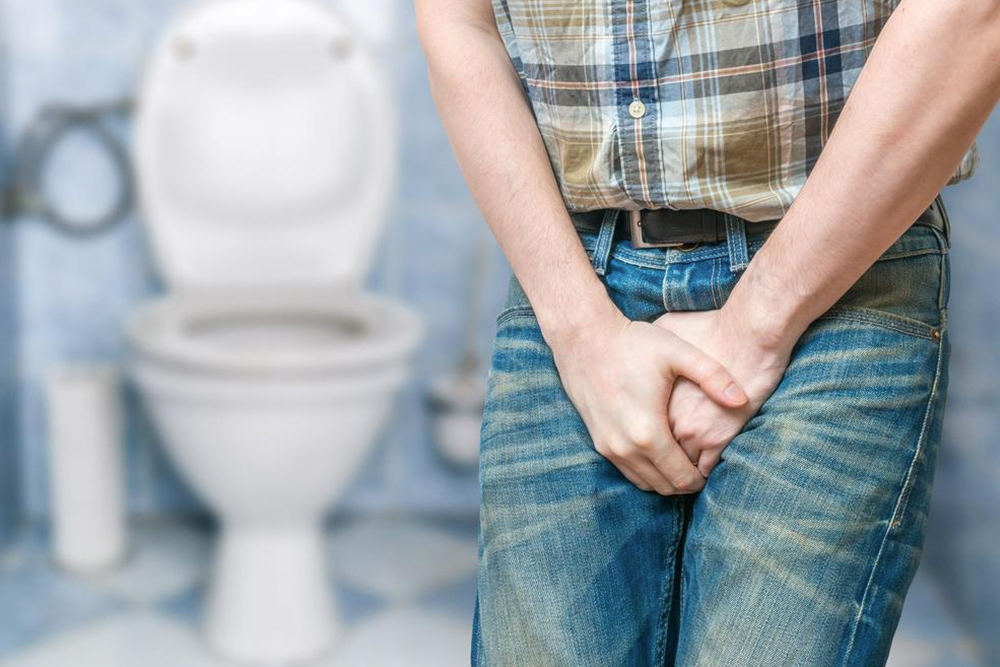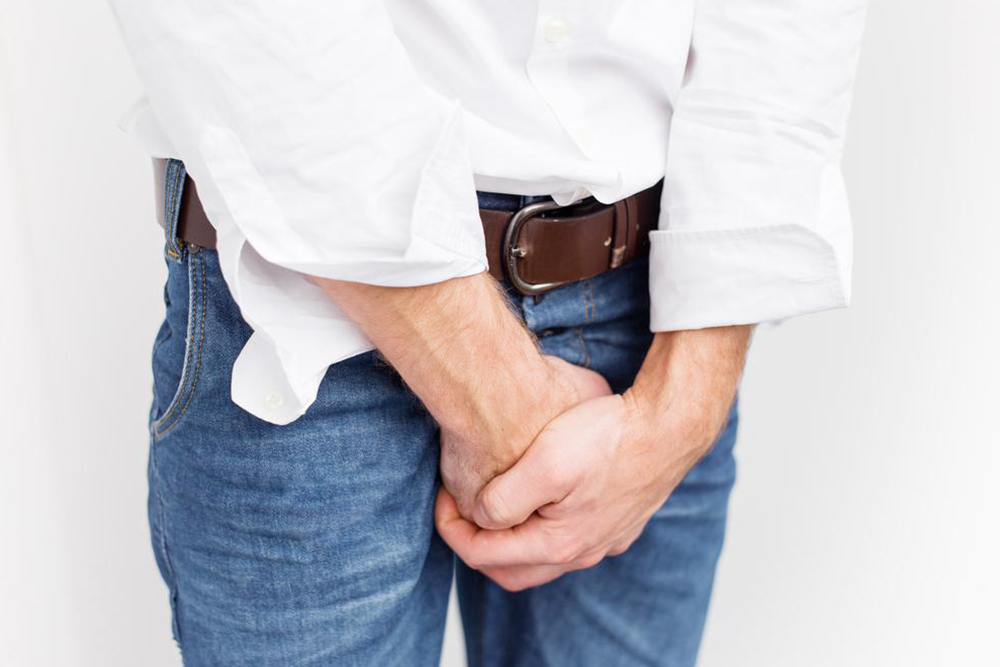Essential Insights on Urgency Urinary Incontinence
This comprehensive overview explores urgency and overflow urinary incontinence, detailing symptoms, causes, diagnostic procedures, and treatment options. It offers practical advice for managing these conditions and highlights the importance of medical assessment. The article aims to inform readers about effective interventions to improve quality of life and address urinary issues systematically.

Essential Insights on Urgency Urinary Incontinence
Urgency urinary incontinence is a prevalent condition characterized by a sudden, intense need to urinate, often leading to involuntary urine leakage. This occurs due to rapid bladder muscle contractions, leaving little time to reach the bathroom. Sometimes called overactive bladder, triggers include sudden movements, the sound of running water, or sexual climax. Causes include bladder inflammation, cystitis, enlarged prostate, or neurological disorders such as Parkinson's, multiple sclerosis, or stroke.
Diagnosis
Tests like pelvic ultrasound help identify enlarged prostate or bladder inflammation. Cystoscopy or scans like CT may be necessary for nerve-related issues.
Treatment Options
Prostate assessments, sometimes involving biopsies, are crucial for men with prostate enlargement.
Surgical interventions like prostatectomy or TUR might be recommended if needed.
For benign prostate hyperplasia, medication options are available before considering surgery.
Practicing relaxed and intentional urination can help lessen symptoms.
Timed voiding schedules often reduce urgency and leakage episodes.
Overflow Incontinence
Overflow incontinence often stems from urinary blockages caused by enlarged prostate, kidney stones, or growths. It mostly affects men and involves incomplete bladder emptying. Diagnosis includes pelvic ultrasound and contrast X-rays to detect obstructions. Kidney stones are treated using shock waves or sound waves to break stones for easier passage or removal. Ongoing medication and dietary modifications help prevent recurrence.










